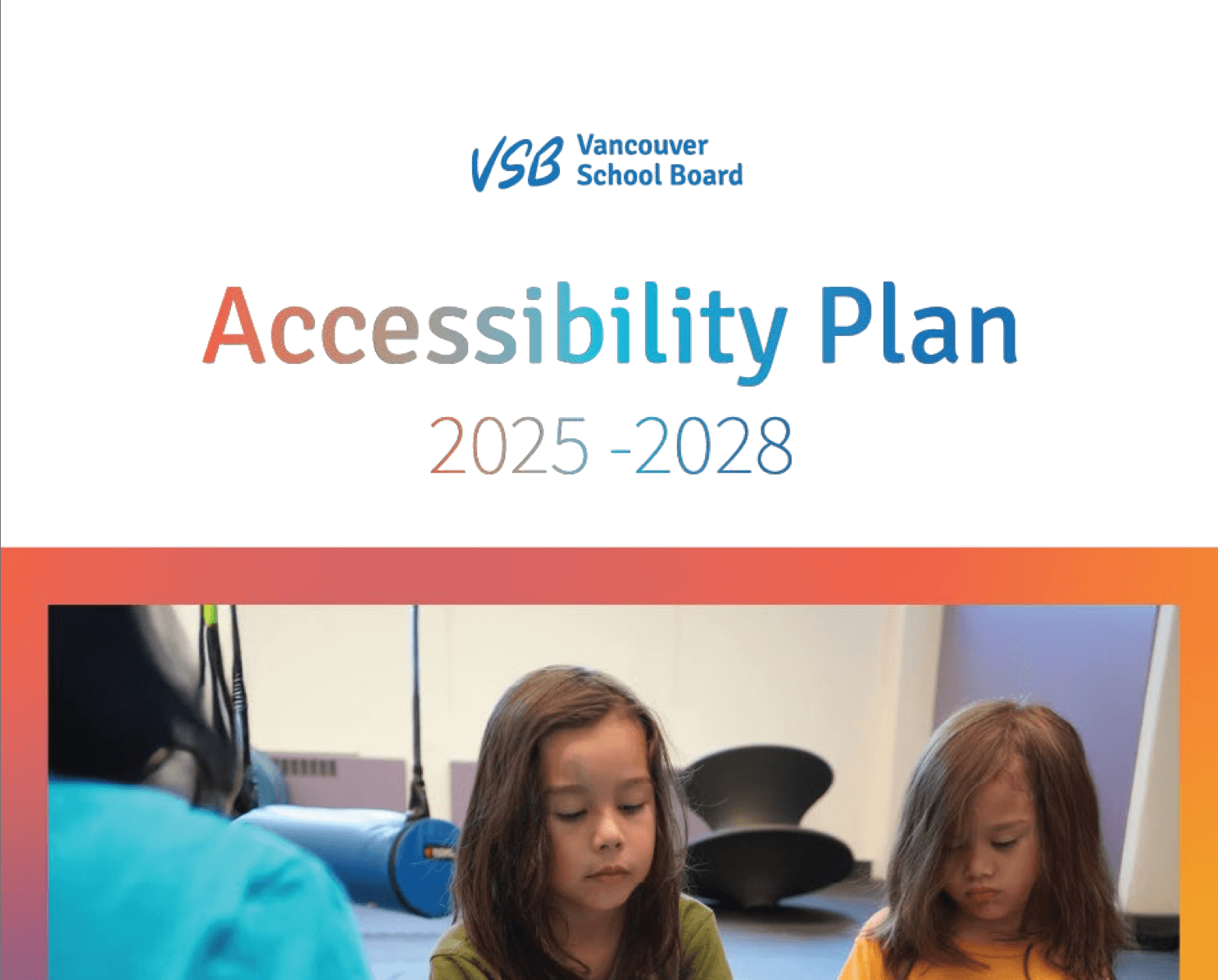These responses do not aim for diplomacy. They carry the clarity earned through harm. Most families hold them quietly—unspoken but vivid—because many relationships still require us to perform gratitude after exclusion. These sentences arise from moments when a decision was made to withhold care, to rename harm as misunderstanding, to value budget over belonging—and families endured it without apology.
Each tip begins with a phrase spoken by staff to explain denial. It’s in someone else’s hands. We’re doing our best. There’s only so much we can do. These phrases often arrive with calm tone and steady voice, yet their impact carries weight. They shift responsibility away from the institution and onto the child. They tell a family that their suffering must remain quiet to be believed.
These tips offer a refusal. They refuse the framing. They refuse the silence. They frame budgetary decisions as behavioural acts—because they are. When a district chooses to leave a child unsupported, it declares its priorities. When harm is repeated through delay, inaction, or policy, it signals that some students are expected to wait while others are already welcome.
The rubric does not reflect manners. It reflects cost. Each grade names the emotional, structural, and moral burden these phrases impose. An F signals profound harm, institutional betrayal, or euphemistic cruelty. A C− signals habitual responses that wear families down. The grades reflect experience, memory, and consequence.
These are not private wounds. They are shared records. Every response in this series serves as both archive and affirmation—for those who have lived through these moments, and for those preparing to name them aloud.


























